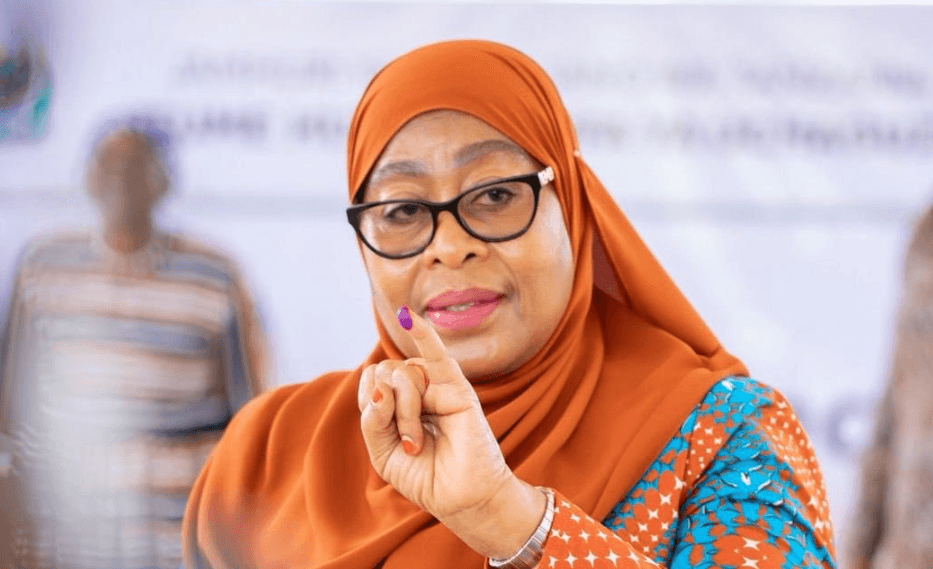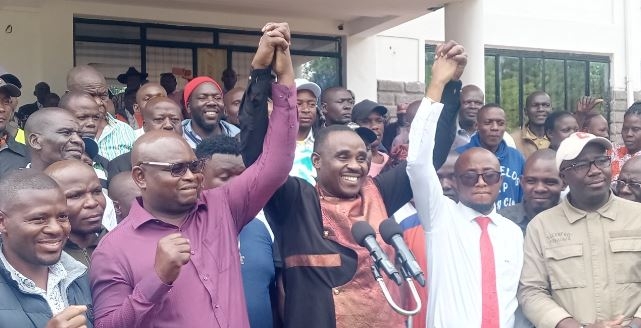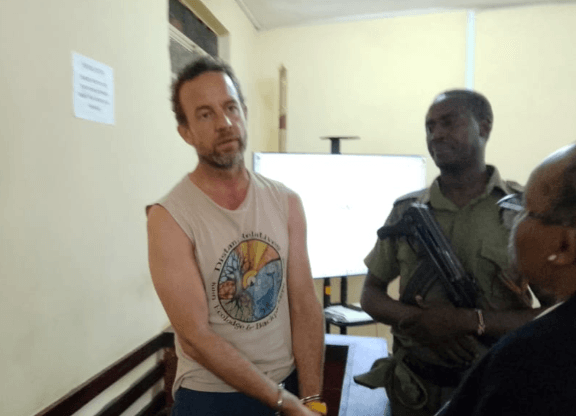The Kenya Forestry Research Institute has cited several challenges it is facing as it tries to distribute native seeds.
Kefri Seed manager Bernard Kamondo told delegates who attended a Global Landscapes Forum in Nairobi that seed sources are inadequate.
“We have inadequate seed sources due to anthropogenic issues such as development and illegal logging,” he said.
Kamondo was a panellist in one of the sessions titled "A transformative partnership platform for tree seed and seedling delivery".
The GLF Africa 2024 Hybrid Conference: Greening the African Horizon, held in Nairobi and online by the Global Landscapes Forum, brought together thousands of participants.
The participants were drawn from local communities, indigenous people, youth leaders and policymakers to scientists, innovators and private-sector actors to showcase Africa’s immense potential to construct a resilient, equitable future through its landscapes.
Kamondo said anthropogenic activities risk causing genetic erosion of native seeds.
He also cited operational constraints, seed quality challenges, human capacity, centralised systems and site matching as some of the other challenges.
Kamondo said the institute has a catalogue of 69 indigenous seeds and collects 100 tonnes annually.
Kefri started in 1985 when it produced 1.5 tonnes of seeds per year to meet the needs of the forest department.
Today, Kefri collects seeds from over 400 tree species in the country.
The institute has seed units in its 18 centres.
To address the issue of site matching, Kamondo said the institute has introduced the JazaMiti app.
The app is a mobile application that allows users to select suitable tree species for planting based on their location.
Domiciled at Kefri, the app facilitates the documenting, tracking and monitoring the growth of trees over time.
The state intends to grow 15 billion trees to attain 30 per cent tree cover by 2032, up from the current 12.13 per cent.
The programme requires Sh600 billion, meaning the budget for each year will be Sh60 billion.
Kefri says the country will have to grow at least 20 billion trees, as not all of them will survive.
The 15 billion tree campaign translates to 30 trees per Kenyan per year over the next 10 years.
The state hopes that by 2032, the country’s tree cover will have hit 30 per cent from the current 12.13 per cent.
The forest cover increased from 5.9 per cent in 2018 to 8.83 per cent in 2021, while the national tree cover stands at 12.13 per cent above the constitutional target of 10 per cent.
Results generated from the National Forest Resources Assessment 2021 show that the country has 5,226,191.79ha of national forest cover, which represents 8.83 per cent of the total area.
In addition, results reveal that the country has a tree cover per capita index of 1,507.48m2 per person.
The report shows the distribution of forests and tree cover across the 47 counties.
According to the assessment, 37 counties out of 47 (79 per cent) have a tree cover percentage greater than the constitutional set target of 10 per cent tree cover.
The Central region, parts of the Western and Coast regions are the most forested.
The proportion of total land area under forests and tree cover varies significantly by ecological regions and counties.
Nyeri has a tree cover of 45.17 per cent, Lamu (44.06) and Vihiga (35.92).
Counties with the lowest tree cover include Kisumu (8.85), Busia (8.39), Uasin Gishu (8.04), Taita Taveta (6.87), Isiolo (6.7), Machakos (6.03), Siaya (5.27), Wajir (4.45), Mandera (3.61) and Marsabit (2.06).
The report shows that wooded grasslands account for the highest land cover in Kenya, with approximately 70 per cent of the total land area.
Unique Land Use senior consultant John Nyaga told the delegates that there is an urgent need to develop the seed sector.
Nyaga said there is need not only to develop the market but it must also be understood if the sector is to flourish.
During the forum, experts said 30 per cent of tree species are now threatened.












